Here are some master-level skills for Max for Live with minimal effort. And you get an immediate reward – take control of how Live 11 launches Clips.
With instructor Phelan Kane, we get to learn what’s new in Max for Live’s tools for hacking Ableton Live, whether you’re a curious beginner or an experienced patcher ready to try Live 11’s new features.
Like a lot of tech, Max for Live offers so much power that you do indeed have that “I spent all the time patching and didn’t make any music” effect. But fear not – Phelan has boiled down some features into something you can do in an evening, and get playing right away.
Lesson 1: Live Clip Hack Device walkthrough
Mission: LOM
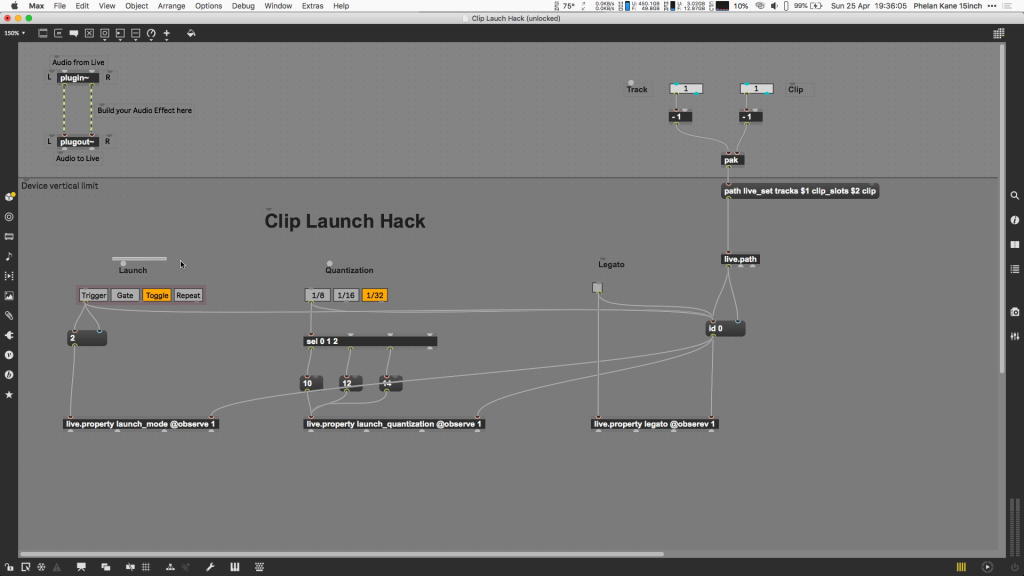
Max for Live really offers two roles inside Ableton Live at once. First, it lets you run Max creations inside Live – so instruments, audio effects, sequencers, and even visual tools patched in Max run as if they were native Live Devices.
But second, Max for Live also offers the ability to control Live itself, via an API Ableton calls the Live Object Model (LOM). The LOM turns the patching environment into a scripting / hacking / Live customization tool – and it’s the only fully supported way of doing that with Live, complete with the power to create a user interface for whatever you build.
New to Live 11, the LOM includes access to more features, including the note API (and multiphonic expression), Simpler slices, Clip and sample Warp Markers, MIDI channel routing, and Clip Launch parameters. That’s a big deal, because it gives you more power to manipulate Live as a performance instrument. It takes those “I wish I could…” scenarios with Live and lets you make them happen.
It’s almost too much power at once, though. So Clip Launch control is a great place to begin.
You’ll need Ableton Live Suite 11 or Live 11 with a working Max for Live license to follow along. Live 11 is required because this tutorial centers around features introduced in that version.
A ready-to-use Clip Launch Hack Device
Phelan has made us a demo Device you can use right away to see what’s possible even before we start patching.
Download the Max for Live device here:
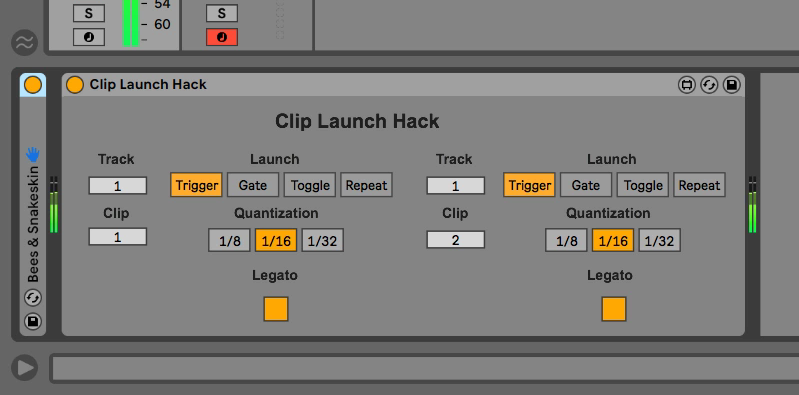
So yeah, you can set Global Quantize and Clip Quantize and Launch modes via the Live UI – but now you have all of that in one place, and you can store and recall settings and map all of them to MIDI, which isn’t normally possible. For live performance on controllers or making generative compositions or a number of other scenarios, this changes what you can do.
That’s just the example, though, so let’s learn how to build it.
Step by step, building the device with Max for Live and LOM
Phelan walks us through the process of building this patch – and interacting with the LOM – from scratch:

The video walks through all the basics, with a few things to note. So, you define which portion of the Live set you’re following and interacting with by setting a path:
path live_set tracks $1 clip_slots $2 clip
The magic all takes place via the live.property abstraction, as in:
live.property launch_mode @observe 1
live.property launch_quantization @observe 1
… for launch mode and quantization, respectively.
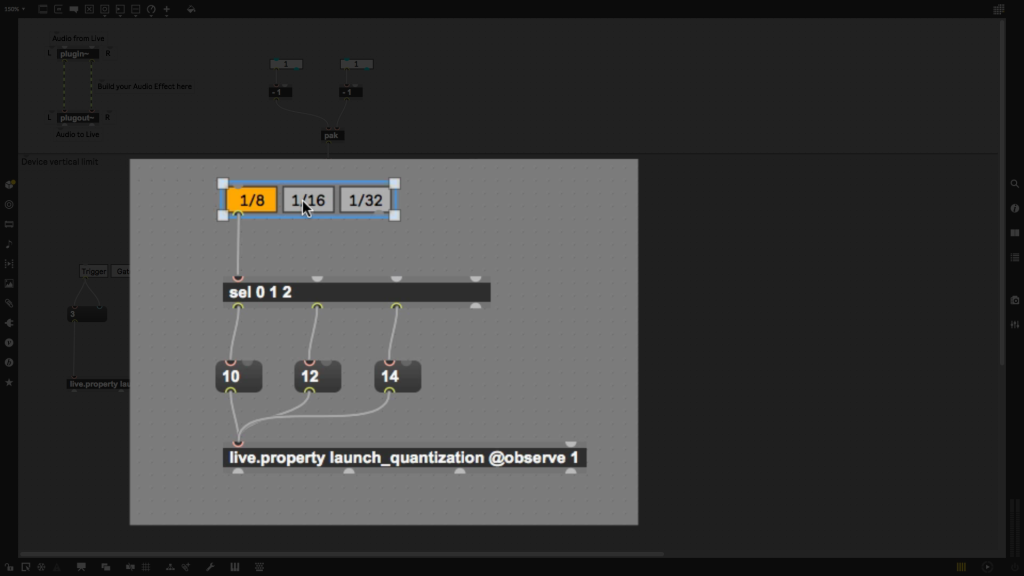
live.property both allows you to control a particular parameter and to observe as its value is changed elsewhere. (So you can think of it as both a getter and a setter, if you’re used to those terms from coding.)
It does a lot of the messy, complex work of dealing with the Live API for you – so you just pick your parameters and wire them up, as Phelan shows you in the video.
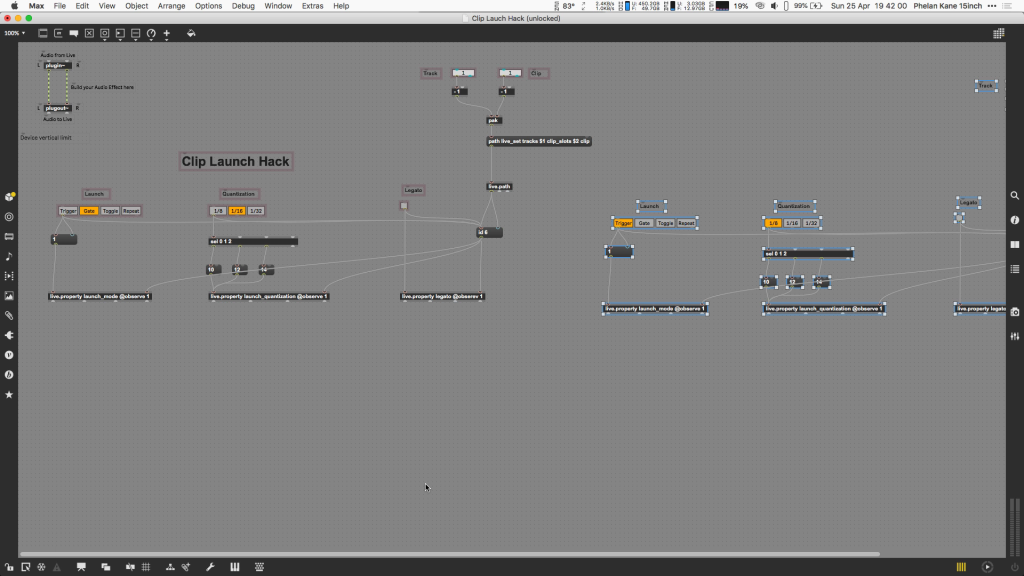
Once these settings are exposed in your Max for Live Device, you build handy UIs or use Max patching to automate settings or manipulate them however you wish. And you instantly get the ability to MIDI map these parameters, which normally would only be accessible through menus. So you’ll see toward the end of the tutorial video, Phelan unlocks the MIDI Map and then you have an easy way of adding control to your MIDI controller.
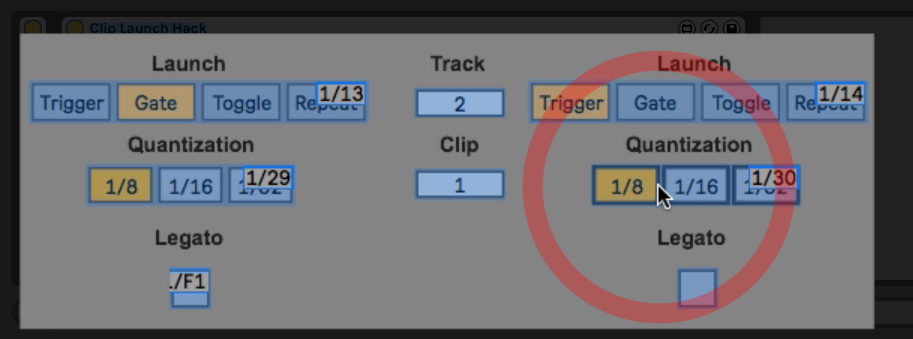
What next
If this gets you going, hopefully we can return with some of the other features to control in Live 11 – let us know what you’d like to see.
Phelan has also been teaching online courses for Music Hackspace, an official educational partner of Cycling ’74. Thanks to Ableton and Cycling ’74 support, you can take advantage of that instruction for free.
For instance, for 4 weeks (and just two hours a week), you can enroll in Phelan’s Getting Started with Max course free of charge. Check their full schedule:
And for an overview of everything new in Live 11, see:
For more Phelan Kane, head to: